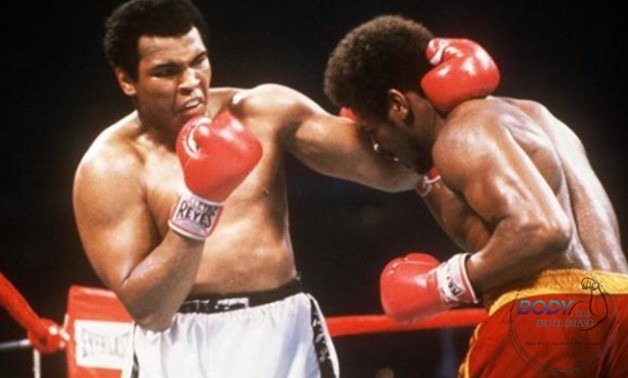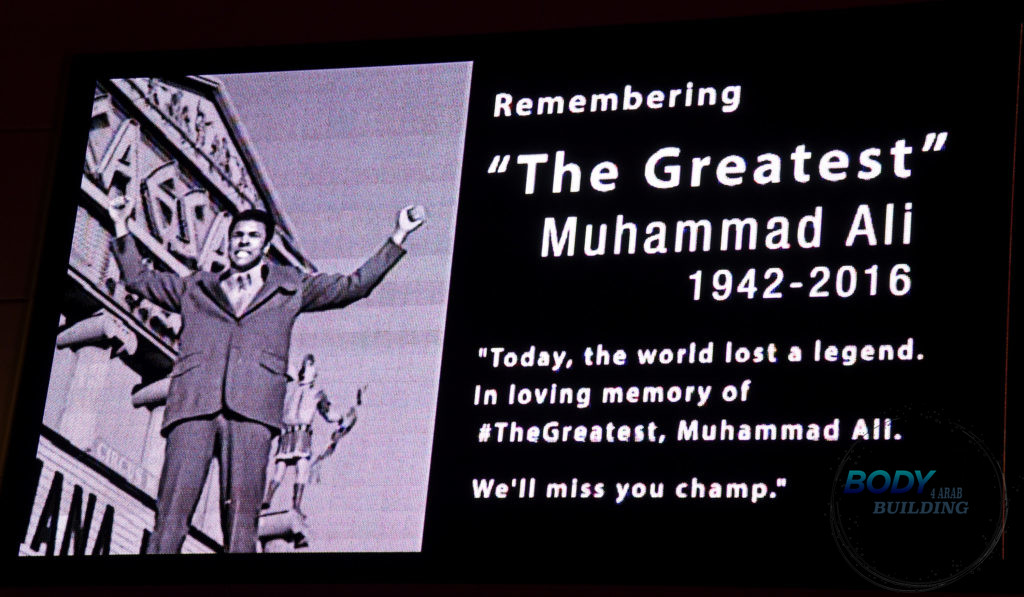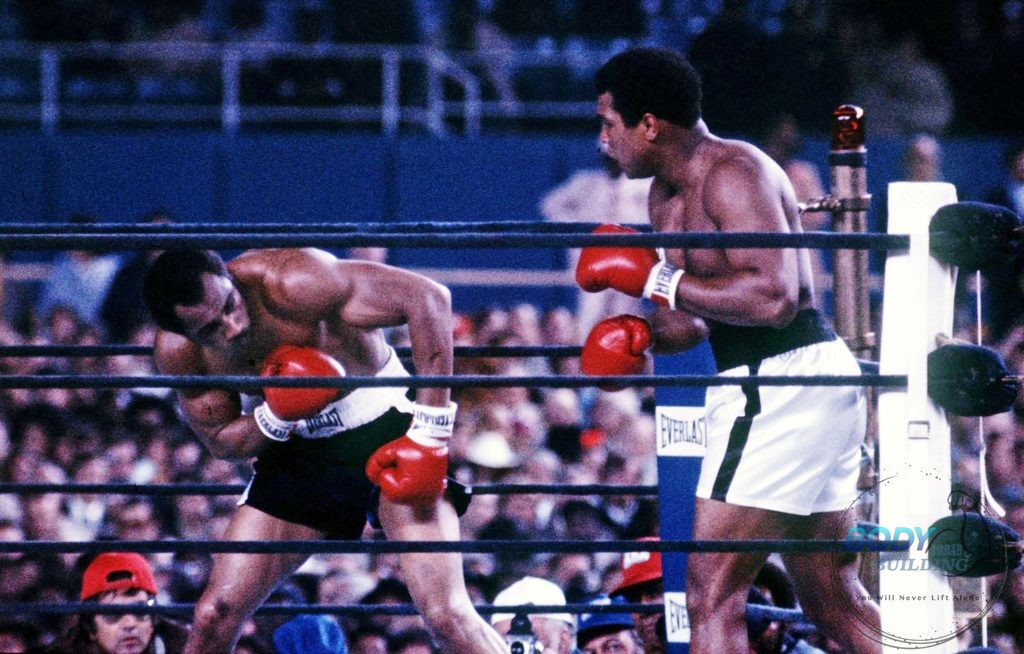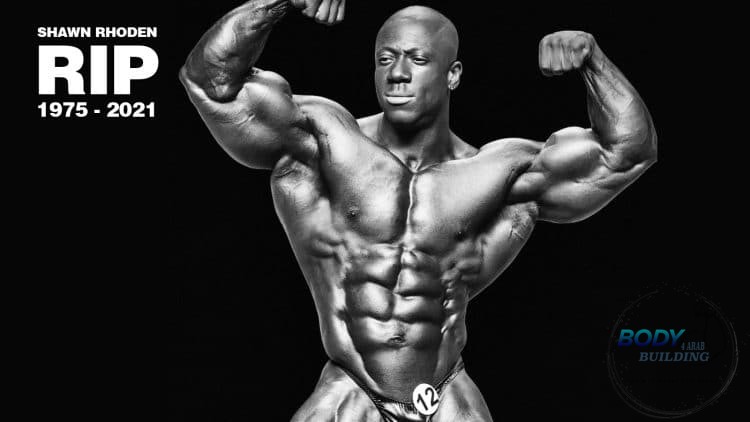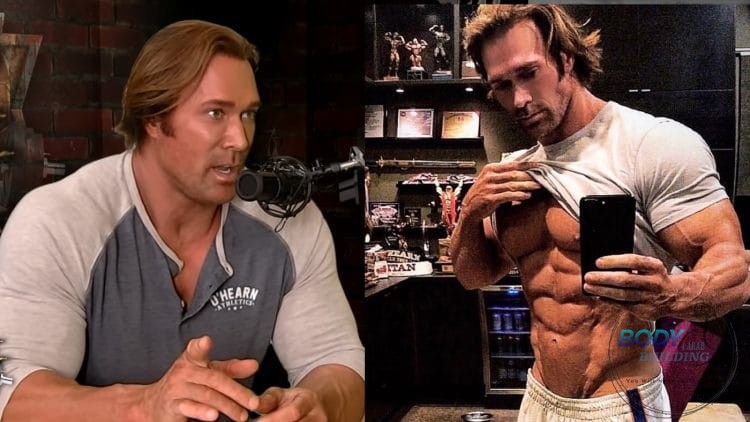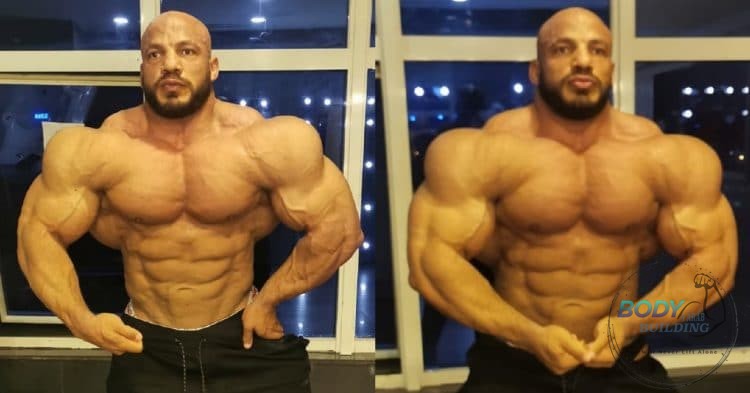When Muhammad Ali fought, the world stopped to watch. In the 1970s, at the height of his fame, live broadcasts from Las Vegas, New York, Kinshasa and Manila, drew millions of adoring viewers to the greatest boxer, indeed sportsman, of all time.
And aside from the US, perhaps nowhere was he idolized more than in the Arab world, where the people of a region so often in turmoil adopted the American hero as one of their own.
Ali’s fights became ritual. With many taking place in the US, his fans would set their alarm clocks for the early hours to catch a glimpse of this cultural and sporting phenomenon in an era when being boxing’s Heavyweight Champion of the World still packed a punch.
His boxing heroics barely need repeating. Yet Ali quickly transcended sport, and it’s the hope and inspiration he offered outside the ring that earned the three times world champion the eternal love of Arab audiences.
That he refused to serve in the Vietnam War was, in his own words, proof of his affinity to people of colour, and only added to the his legend.
As the fast-talking boxer, Ali had an uncanny ability to predict the round he would drop his opponents. Outside the ring, Ali walked the walk as well as he could talk the talk.
His dedication to promoting Islam as a peaceful religion extended beyond mere sound bites and the photo calls. In the 1970s and 80s, before he was diagnosed with Parkinson’s disease, he was often a guest of Arab leaders and politicians.
Everywhere he landed, he was mobbed by supporters clamouring to shake and kiss his hand. He was a man of the people, and the people loved him for it.
As news of his passing broke, fans now in their 40s and 50s flooded social media with stories and photographs of his memorable visits to these shores.
In 1972, Ali famously made the pilgrimage to Mecca for Hajj, having announced his conversion to Islam after beating Sonny Liston to claim the world title in 1964.
Years later, the impact of the experience remained as strong as ever.
“I have had many nice moments in my life, but the feelings I had while standing on Mount Arafat on the day of the Haj was the most unique,” he told Saudi newspaper Al Madinah in 1989. “I felt exalted by the indescribable spiritual atmosphere there as over one and a half million pilgrims invoked God to forgive them for their sins and bestow on them His choicest blessings.”
At the time, Ali was arguably the most famous modern figure to perform hajj, and it crystalised his popularity in the region. For the rest of his life, health permitting he would return to the Middle East time and again.

In March 1974, just seven months before regaining his title in the fabled Rumble in the Jungle against George Foreman, he visited the UAE were he was received by Sheikh Zayed bin Sultan Al Nahyan in Abu Dhabi. His tour of several local schools made an impression on start-struck students that lasts to this day.
Eight years later, Ali returned to the UAE in less happy circumstances, having hung up his gloves for the last time following two crushing defeats by Larry Holmes and, one last time, Trevor Berbick. He took part in two exhibition fights (a third was cancelled) in an effort to raise funds to build a mosque in Chicago.
With the memory of the Berbick fiasco still fresh, the bouts, at Zayed Sports City Stadium in Abu Dhabi and Al Nasr Club in Dubai, where poorly attended, and Ali was clearly out of shape.
Still, his popularity and influence, far from wavering, would rise following his retirement, and continued to do to his death.
In 1984, the year he was diagnosed with Parkinson’s disease, he met with President Gaafar Nimiery on a visit to Sudan, a country he would return to in 1988 to raise awareness of the plight of famine victims.

In November 1990, he travelled to Iraq to negotiate the release of US hostages with Saddam Hussein. Ali, his body deteriorating visibly, and against the wishes of US media and President George Bush, managed to secure the release of all 15 remaining American citizens.
Even with war imminent, the Iraqi public embraced Ali everywhere he went.
As his health deteriorated, the number of visits to this part of the world dropped, but the esteem he was held never did.
At the turn of the 20th century, as sports and cultural commentators identified the most influential figures of the previous hundred years, Ali’s name was never far of top spot.
Today he stands alone as the most beloved sportsman and cultural icon the Arab, and wider Muslim, world has ever seen. Here, like in the rest of the world, the title of Greatest of All Time is unlikely to change hands any time in the future.


